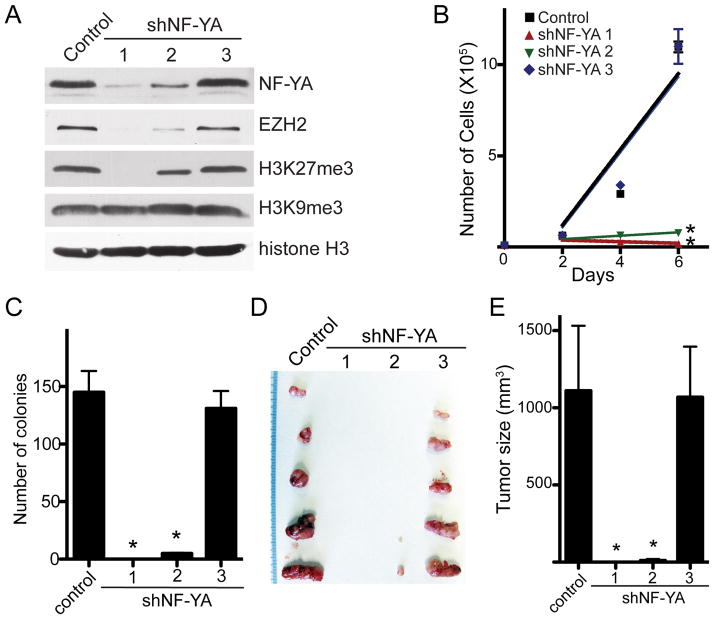Figure 4. NF-YA knockdown suppresses the expression of EZH2 and inhibits the growth of human EOC cells in vitro and in a xenograft EOC mouse model.
(A) SKOV3 EOC cells were infected with lentivirus encoding the indicated shNF-YAs or control. Drug-selected cells were examined for expression of NF-YA, EZH2, H3K27Me3 and H3K9Me3 by immunoblotting. Expression of core histone H3 was used as a loading control. (B) Same as (A), but equal number of drug-selected cells was seeded and counted at indicated time points. * p < 0.05 compared with either control or shNF-YA #3. Mean of three independent experiments with SD and linear regression. (C) Same as (A), but equal number of drug-selected cells were assayed for anchorage-independent growth in soft agar. Mean of three independent experiments with SD. * p < 0.05 compared with either control or shNF-YA #3. (D) Same as (A), but equal number of the indicated cells were subcutaneously injected in immunocompromised nude mice (n = 5). Four weeks post injection, tumors were removed from mice. (E) Quantification of (D), the size of tumors was measured. Error bars represent SD. * p < 0.05 compared with either control or shNF-YA #3.

